What is the OSHA requirement for Fall Protection?
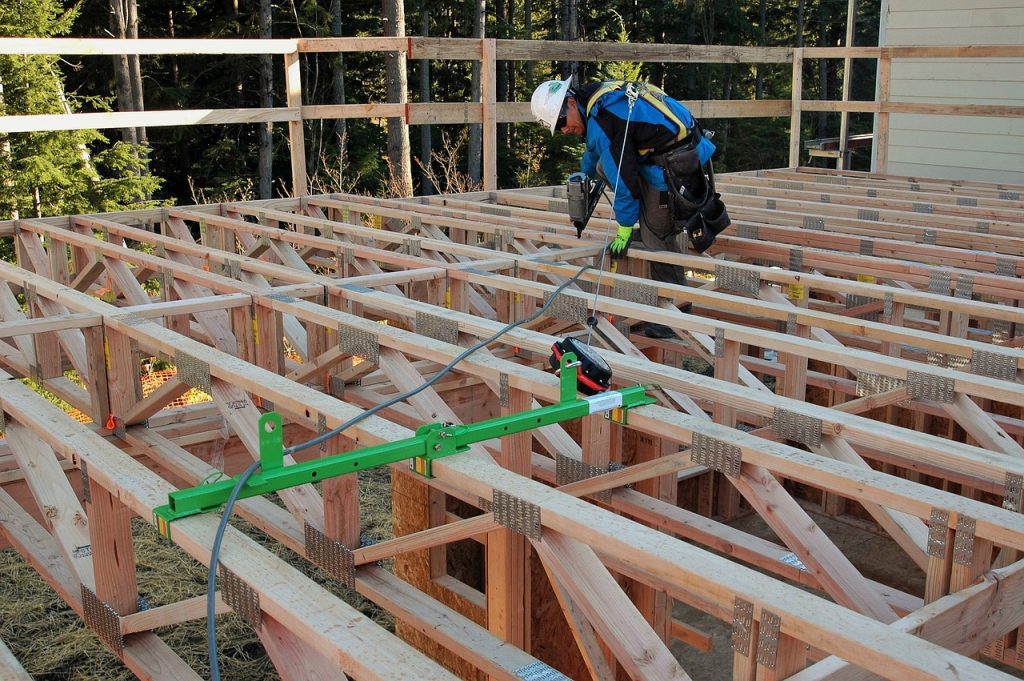
Workplace injuries are common. Several workers experience a tragic fall on the worksite. The common reason behind falling is not being adequately protected. Some other instances include when the ladders are not sufficiently placed or unguarded corners. These falls can lead to severe injuries and lifelong paralysis. This is precisely when you require a fall protection plan.
Importance Of Fall Protection Plan
Fall protection is a safety measure that ensures that workers working at heights are secure. It minimizes and prevents falls resulting in fewer injuries. Many construction companies go for a fall protection plan, keeping in mind the seriousness of falls.
Additionally, many states have a mandatory policy for every construction company to issue a fall protection plan. It is also critical to ensure that your employees are taught the strategy and know what to do in the event of an emergency, as no method is foolproof. Although accidents do occur, appropriate employee training will assist in preventing them.
OSHA (Occupational Safety and Health Administration) requires the employees to:
- Have a safe and secure working environment.
- Maintain dry floors so nobody slips.
- Workers to get essential protective equipment and clothing free of cost.
- Spread awareness about the potential hazards that can occur.
Types Of Fall Protection Plan:
OSHA deals with two types of fall protection plans. It is recommended not to go for any other kind of fall protection unless you are not trained.
Fall Restraint Systems:
This type protects workers from several falling hazards. Fall restraint systems usually include a harness, which workers can wear when working at a height. It can also have guardrails, which keep you from falling.
Fall Arrest Systems:
The fall arrest system arrests the employee who has fallen from a height. It includes net safety. It protects the employee from serious complications.
Guidelines For Fall Prevention
Following are some of the guidelines provided by OSHA that can reduce the tragic incidents of falling.
Provide Fall Prevention Instruction.
Employers must notify and train employees about potential fall dangers clearly and understandably. They should use simple language that is understandable by everybody. Training should be a frequent aspect of the job to ensure that employees are up to speed on current standards and recognize harmful conditions beforehand.
One of the significant benefits of the fall protection plan is the safety of employees. OSHA protects by using warning lines, safe zones, safety net systems, and other familiar system that can restrict the number of workers from falling. It makes sure that nobody has to face severe injuries and all employees are secure.
The risk of falls is different at different locations. OSHA ensures that the protection plan is implemented whether you fall from a building or a ladder. When using personal fall prevention systems, special care should be taken to identify attachment locations.
Make a Plan for Each Fall
It is better not to use the same strategy for every type of fall. Professionals should adjust fall prevention procedures based on specific hazards on a job site. These plans are usually known as rescue plans. Employers can better protect their workers and avoid incidents by inspecting conditions and identifying potential risks ahead of time.
While developing a rescue plan, companies should focus on the frequent areas where workers face falls. In this rescue plan, they need to talk in detail about how they want to secure workers from trips and falls and which latest equipment they require for employers’ security.
Provides Equipment
OSHA provides safety equipment, such as a safety harness or other safety devices that are attachable to the workers’ bodies to prevent them from falling. The workers should have proper training in such a way that they know how to use the safety equipment at the right time.
There are some more complex types of equipment, such as the guardrails or the tether racks, which require proper understanding before usage.
Bottom Line:
In conclusion, we can say that employers in the construction business must have a complete fall safety plan in place at all times. A fall protection strategy serves to protect the health and safety of all employees. Furthermore, Occupational Safety and Health Administration (OSHA) compliance can help firms save money by avoiding fines and lowering insurance and injury compensation claims.


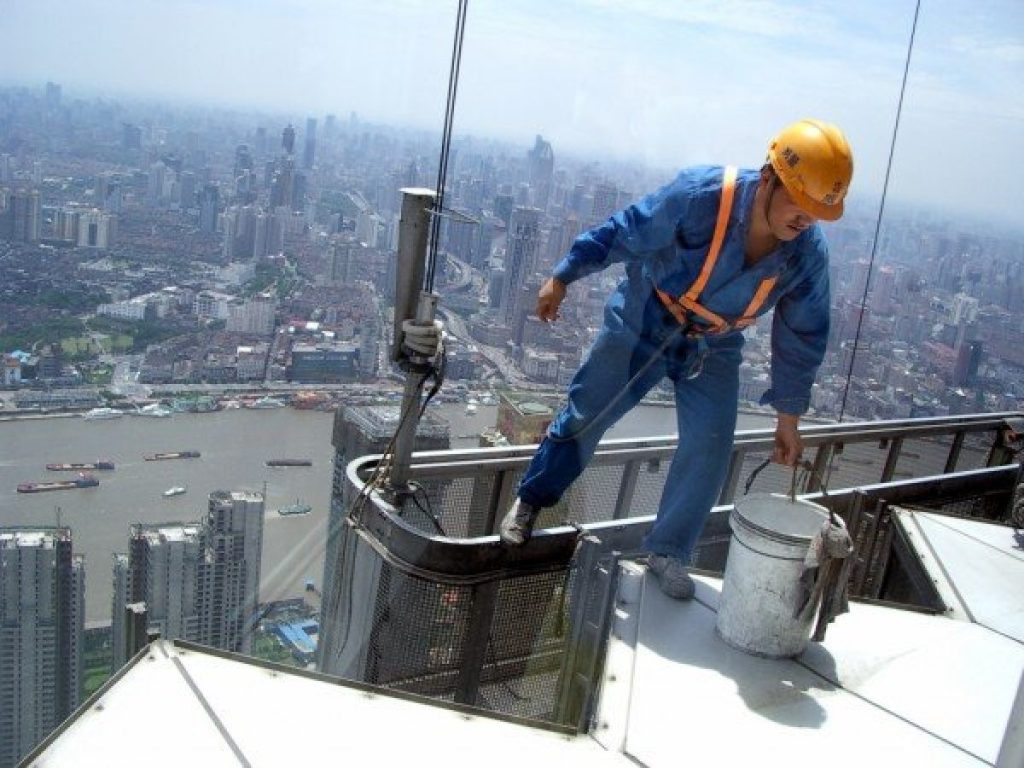
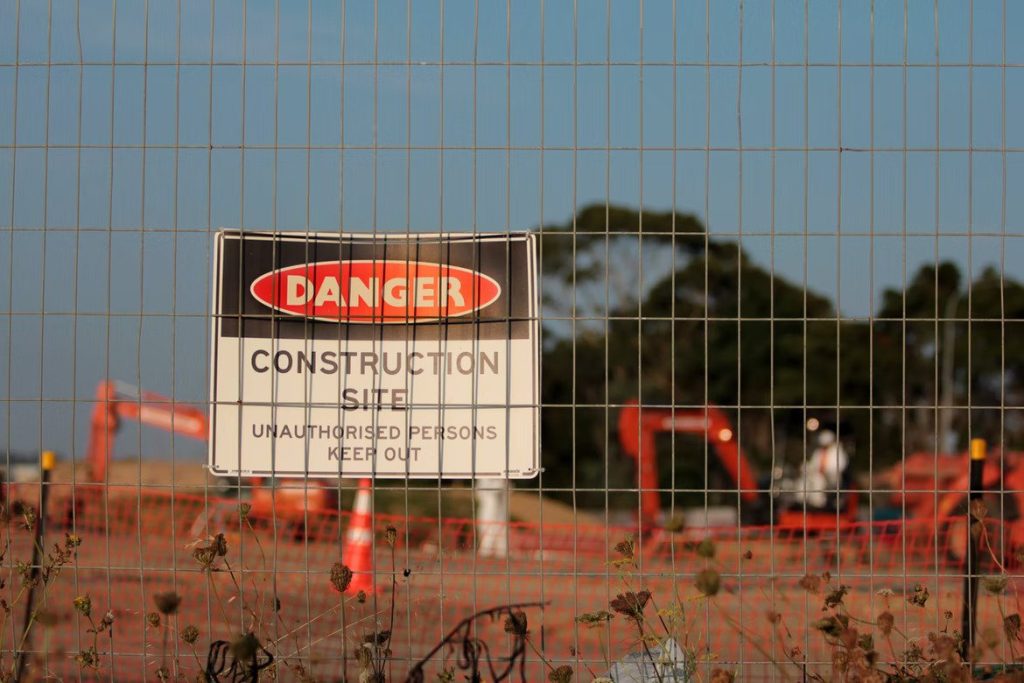
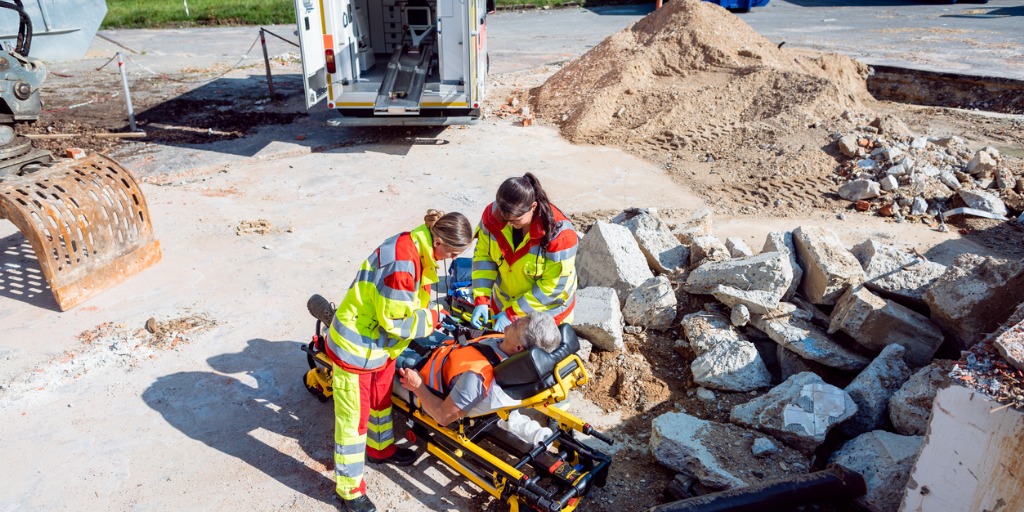
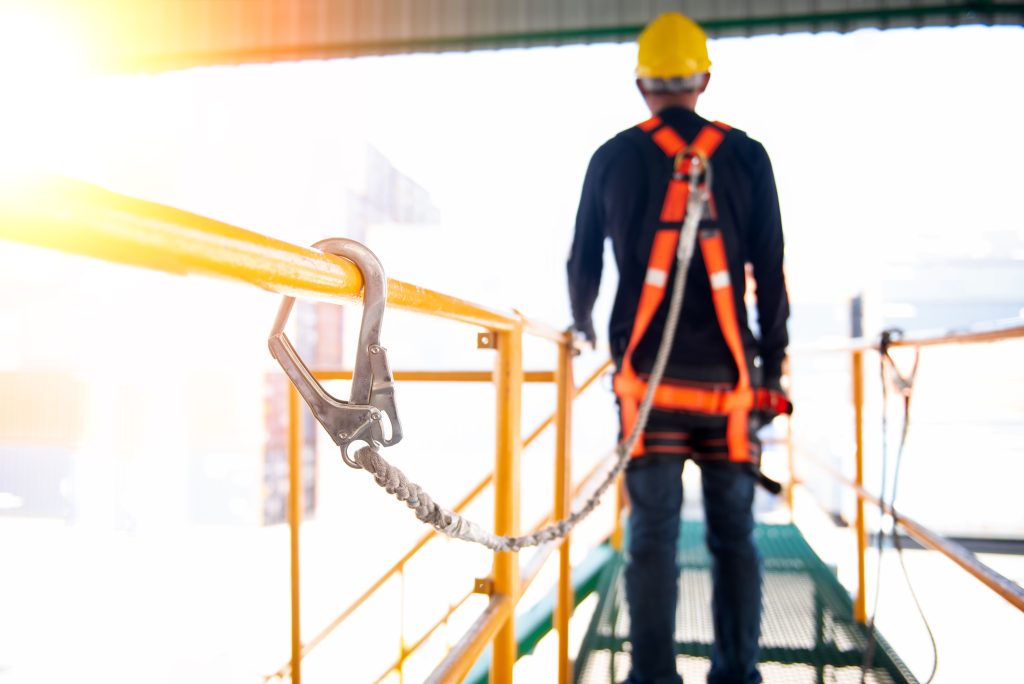
If there were to be one thing for a contractor to focus on obsessively, it would be fall protection! These injuries and deaths from falls are just so preventable if the proper precautions are being taken.
The effort to follow these guidelines is so minimal for something as major as saving lives.